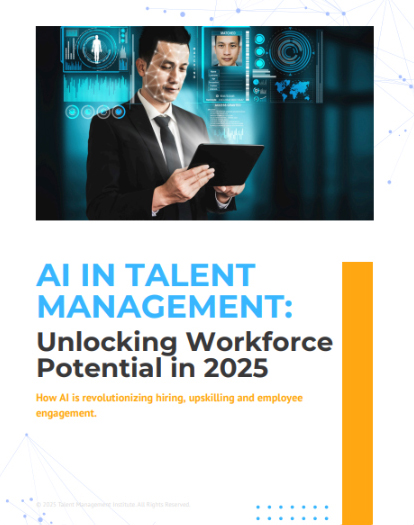
Do you need to measure performance even when it seems to be going just fine?
All customers are equal. A multi-billion-dollar global technology giant held this motto close to its heart and fulfilled all customer requirements, kept its stock updated and ensured a speedy and smooth delivery. Things were going along just fine. Then came the metrics, with their lightening “aha” moment that quickly revealed only 20% of its customers were generating 80% of its profits. Everything changed. Chaos followed and efforts were diverted to these 20% of customers. What was the result? The company unprecedentedly improved its financial performance.
Coming back to our question - Should you measure performance? Yes, even when it looks fine. Because “That which cannot be measured cannot be managed or improved.” Talent, which is the source of competitive advantage needs to be consistently improved. With the copious amount of data that wasn’t available earlier, this doesn’t seem impossible anymore.
But here’s a word of caution: Data is a double-edged sword. It can guide you and misguide you; It can kill your enemy or you. Before you begin to seek answers, here are a few rules to follow:
Talent managers these days have a metric for everything. Thanks to our inquisitiveness. The relevance of these metrics changes with changing business needs. However, few of these remain universally and uniformly relevant. We list them here:
Reasons can range from burnouts, family care, disengagement and injuries to job hunting. Too many absences raise a red flag.
Absenteeism = Workdays missed/ Total workdays scheduled
Market Benchmark: Unhappy employees are likely to take 2.5 times more leaves than engaged and happy employees.
Use this metric to gauge the effectiveness of the recruitment process. If the time to start is high then it may indicate poor employer branding, lengthy recruitment process, slow marketing efforts, weak candidate experience, etc.
Time to start= Total days positions are open/ Number of filled positions
Market benchmark: Linkedin’s 2017 global survey says that time to start could be anything from a few days to four months.
The average time the new employee takes to become productive shows the effectiveness of the onboarding process.
Time to productivity= Total time between employee’s joining and satisfactory productivity/ Total number of positions filled.
Market benchmark: An average employee takes a minimum of 6 months to become fully productive.
Efficient selling starts with internal customers, i.e. your employees. If your employees buy-in to your systems and process, then they will dedicatedly sell them to your external customers. The best measure to know this is employee engagement. Establish a baseline and measure how happy your employees are with reference to that baseline.
For the past 6 years, the average healthcare cost per employee has been rising at a rate of 5% per year.
Healthcare cost per employee= Total healthcare insurance premiums/ Number of employees who sign up for healthcare
Market benchmark: Average healthcare cost/ employee is USD 15,000.
To know the effectiveness of training, compare the employee’s performance before and after training.
Market benchmark: An average period of 60 days post training is recommended for evaluation.
Top up your analysis with these additional metrics:
Cost per hire: Average cost to recruit and train a junior engineer ranges from $4k to $350k. Tony Hsieh of Zappos said that bad hires had cost them over $100 million.
Time elapsed since last promotion: Millennials expect a promotion every one to two years. Cost and ratio of HR/employee: Present average is 1.5 HR per 100 employees.
Employee turnover rate: Healthy average turnover rates vary from industry to industry. While industries such as hospitality have around 25 to 30% average turnover rates, banking and finance have 9% turnover rates.
Talent management is changing from an operational to a strategic function. It is no more confined to “soft skills” and has smoothly blended in with the rigid analytical decision making. The conventional “bottom-up” approach has been replaced by a “top-down” approach. Metrics are indispensable now. Know your business need and choose the right metrics for maximum impact.
Discover how AI is reshaping talent management with key insights on:


CredBadge™ is a proprietary, secure, digital badging platform that provides for seamless authentication and verification of credentials across digital media worldwide.
CredBadge™ powered credentials ensure that professionals can showcase and verify their qualifications and credentials across all digital platforms, and at any time, across the planet.

Please enter the License Number/Unique Credential Code of the certificant. Results will be displayed if the person holds an active credential from TMI.